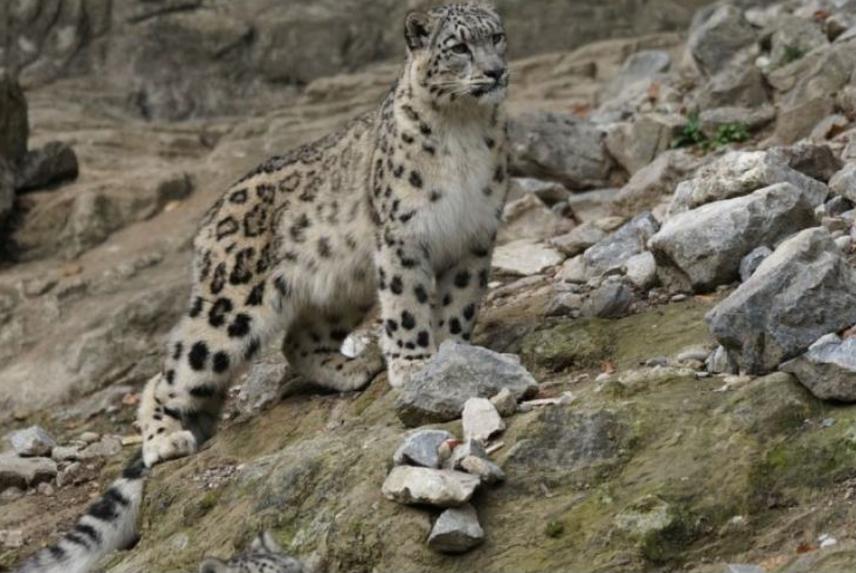Bikram Shrestha
Other projects
23 Oct 2015
Interaction between Sympatric Species (Snow Leopard, Common Leopard and Lynx) and their Conservation in Annapurna Conservation Area, Nepal
The project area is massively human-dominated and the snow leopard population are being limited to fragmented habitats. The project main aim is to determine demographic parameters of snow leopard such as abundance, survival, recruitment, modelling its population dynamics, and analysis of movement pattern of snow leopard between habitat patches of Annapurna Conservation Area check the degree of functionality of assessed corridors through camera trapping and prey count. This project will shed light on snow leopard and its habitat, generating information vital for designing conservation strategies. The project aims to promote ecological and intrinsic value of the snow leopard and co-predators, educate local people and school students on snow leopard and on mountain biodiversity and secure sustainable livelihoods for local people. As conservation initiatives embedded with livelihood programs foster local participation with increased accountability, homestays will be integrated. Best practices will be documented and published for wider replication.

Recently, being included in Appendix I of CITES, is categorized as Vulnerable in the IUCN Red List with a global population of 4,000–7,800 individuals (McCarthy et al. 2017), however it is estimated over 400 snow leopards were poached annually in snow leopard range since 2008 (Nowell et al. 2016). In Nepal, it has been identified as endangered under criterion D in view of a small population estimated to consist of between 300-500 individuals, with less than 200 mature individuals. This indication is vivid that is still in danger category and requires concerted effort for conservation. With conservation of snow leopard, it will not only be safeguarding the future of the snow leopard but will also contribute toward protection of other co-predators such as wolf, common leopard lynx and Pallas’s cat detected in camera trap, its habitat, the headwaters for mountain rivers on which hundreds of millions directly depend as a source of freshwater.
My previous study (2014–2016) revealed information of abundance and density of snow leopard habitat suitability and connectivity but long-term monitoring of demographic parameters, such as abundance, survival and recruitment, and modelling its population dynamics are still lacking. Therefore, long-term research project such as this in Annapurna Conservation Area will deepen the understanding the movement pattern of snow leopard between habitat patches of Annapurna Conservation Area, check the degree of functionality of predicted corridors through camera trapping and prey count thereby generating information for designing conservation strategies within a human-dominated landscape. Homestay is being recently practicing in some settlements in Mustang whereas snow leopard-based eco-tourism has not started yet. The livelihood enhancement interventions will initiate through homestays and snow leopard-based ecotourism strengthened. We will identify potential households for homestay in Jhong of Lower Mustang. The project will provide training (to educate of prerequisite necessary to prepare for a homestay business) and facilitate to form an eco-tourism management sub-committee and their capacity built through training on eco-tourism. We will organize cross visit of homestay owners to successful sites. Awareness of local communities and school students will enhance on snow leopard and co-predators conservation. Network of snow leopard eco-club and awareness program will include 11 Lower Mustang schools’ students and Pokhara Valley including about 40 school’s students. A special students’ program for essay-writing, and nature drawing will organize and produce the magazine and postcard depicting snow leopards as a souvenir.